Travel Guide to St Martin – How, Where & Frequently Asked Questions
To discover more about this beautiful Caribbean Island, check out our travel guide to St Martin! This guide will help you prepare your next Caribbean trip!
The island is located at the tip of the N. Eastern Caribbean & direct flights from international airports make travel to St Maarten a breeze! Miami is 2.5 hours away and 4 hours from New York. Paris & Amsterdam connect the island with Europe in just 9 hours. If you associate the Caribbean with a laid-back atmosphere, a tranquil beach, and a quiet sunset, then you haven’t been too feisty St. Martin and St. Maarten.
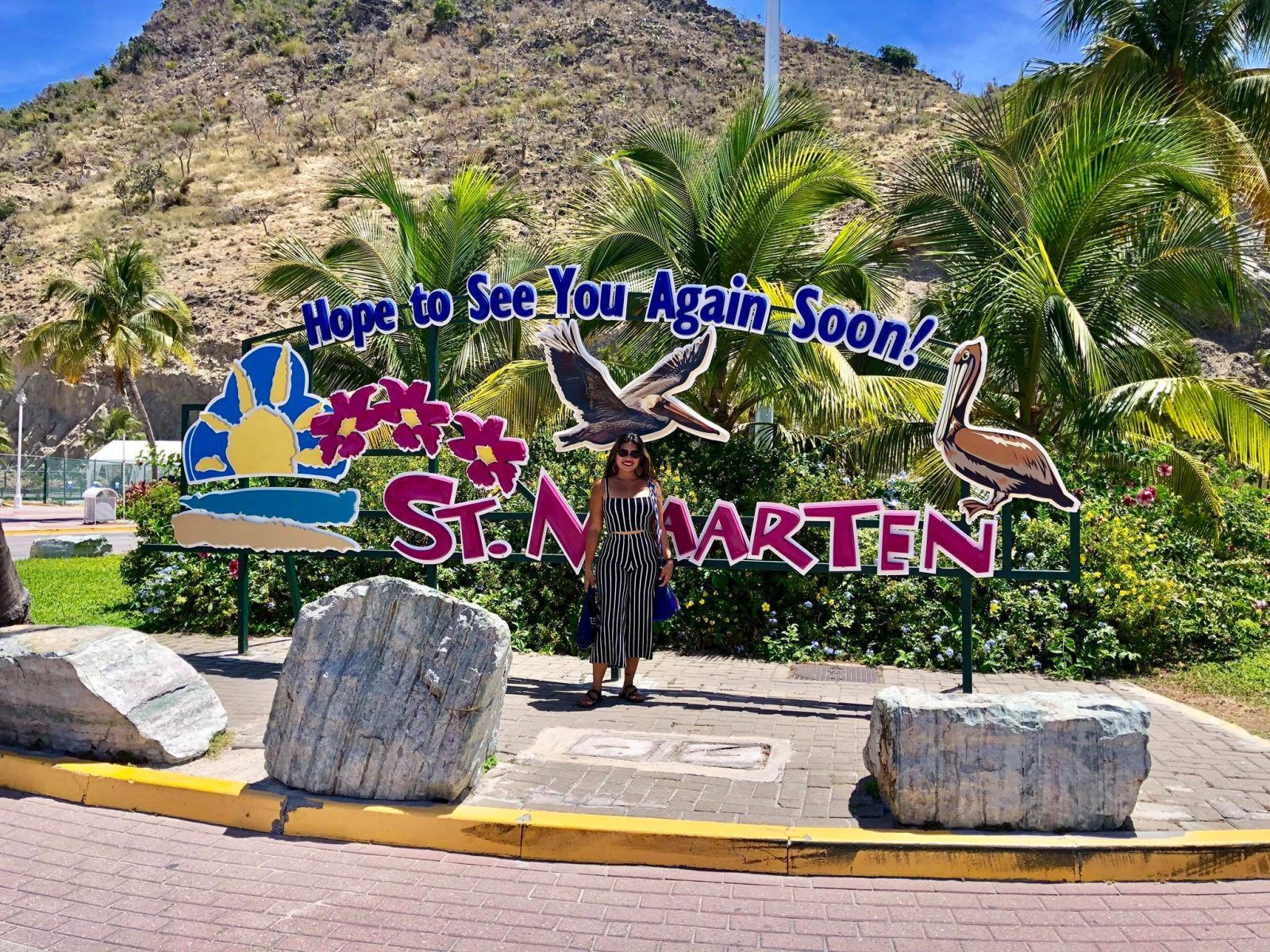
What’s the best part of visiting this dual-governed island? You can get a taste of two distinct, lively cultures all for the price of one vacation. It’s the home of the island’s tastiest restaurants and party beaches. Whereas cosmopolitan St. Maarten shelters the most animated casinos, bars, and clubs. A territory of the Netherlands Antilles, St. Maarten takes up the southern 16 square miles. To the north, you’ll find French St Martin, with its harbor full of St Martin Yacht Charters, quaint homes and luxurious villas in Les Terres Basses built up into the cliffs, reminiscent of a Mediterranean Fishing Village.
Vacation in Saint Martin means ultimate leisure and unlimited fun. The co-existence of two different cultures in St Martin for over 350 years has added to the island’s attractions. The northern side of the island is occupied by the French, while the southern part belongs to the Dutch. But, the best thing is that travelers can freely roam around on the island – there is no checkpoint between the Dutch territory of Sint Maarten and the French Collectivity of Saint Martin.
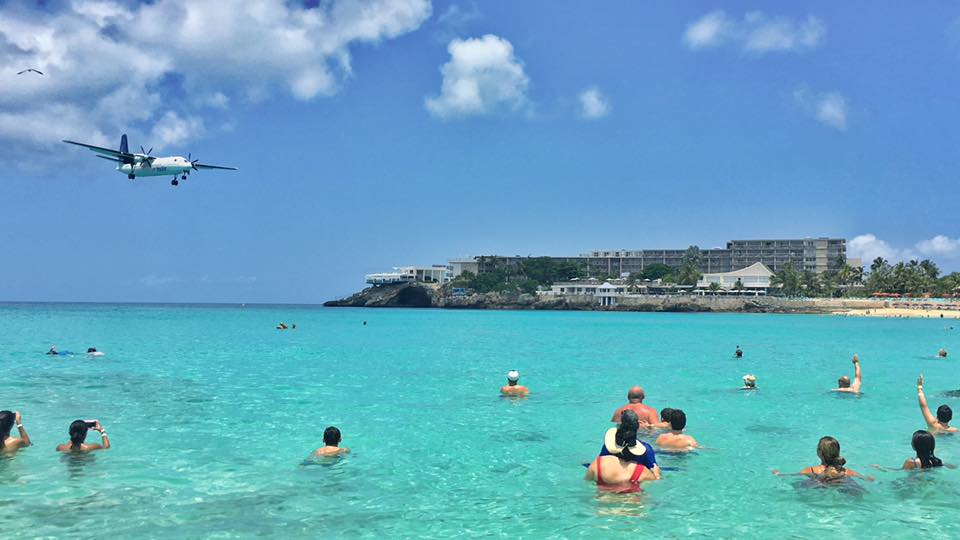
Table of Contents
Questions and Answers about St Martin
Where is St Martin?
Sint Maarten is an island country in the Caribbean. It is a constituent country of the Kingdom of Dutch. With St. Martin free again, both the Dutch and the French jumped at the chance to re-establish their settlements.
Is it safe to travel to St Martin?
St. Maarten is generally considered a safe place to visit, but as with any tourist destination, there are some general safety precautions you should take. St. Martin is one of the safest warm weather climates (outside the US) locations to visit. However, you will still hear of crime here and there, so you should always watch your back, walk-in groups, and be aware of your surroundings.
One of the biggest crimes here is passport theft. The perpetrators then “doctor” the passport to serve their particular purposes. Because of this St Martin travel experts recommend carrying your original driver’s license with you, but carrying a photocopy of your passport and keeping the original in your hotel safe. But if the copy does get stolen, be sure to notify the authorities. In addition, rental cars are often broken into. However, they do ask you to leave your car unlocked and do not leave anything in the rental car as the damage caused to break in is costly.
How to Change Money in St Martin?
On the French side of the island (St. Martin) the official currency is the Euro (EUR, €). On the Dutch side (St. Maarten) the official currency is the Netherlands Antilles Guilder or Florin (ANG; symbol ƒ). Foreign currencies can be exchanged at banks or at hotels. Recommended currency to take to St Martin/St Marteen is the US dollar, but all major currencies can be exchanged at banks on the island. Usually, the best exchange rates will be given at banks. The easiest and best way to get cash away from home is from an ATM. The Automated Teller Machines (ATMs) are available on the island in the main towns. Most of the machines work on Cirrus or Plus networks and they accept international credit (Visa, MasterCard) and debit cards. Credit cards are also widely accepted on both sides of the island.
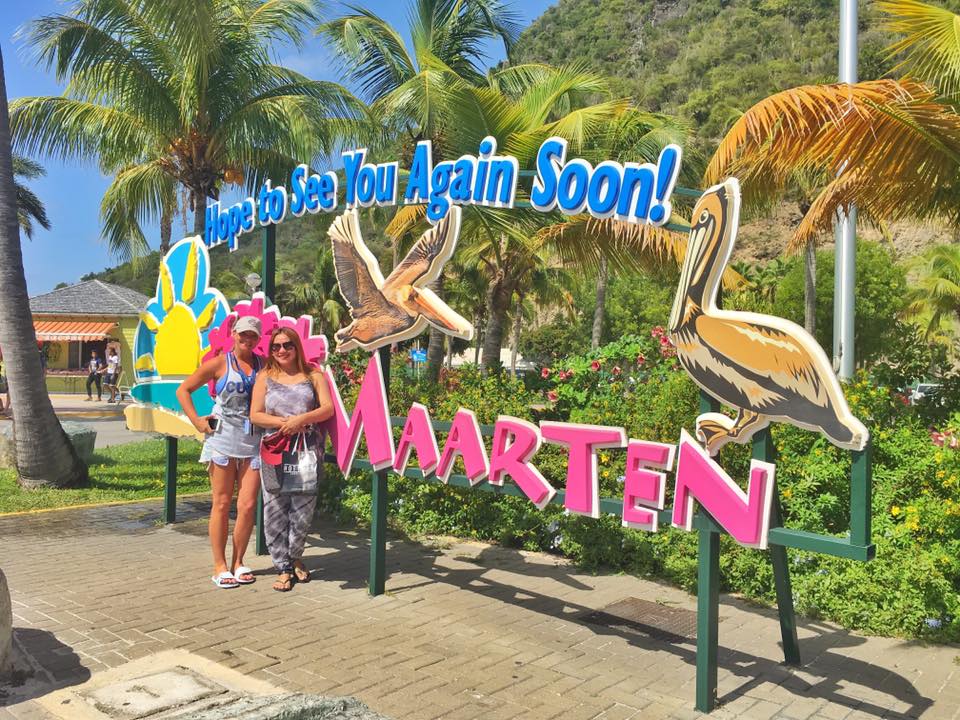
What is Unique about St Martin?
St. Martin’s Dutch side is known for its festive nightlife, beaches, jewelry, drinks made with native rum-based guava berry liquors, and casinos. The island’s French side is known for its nude beaches, clothes, shopping (including outdoor markets), and French and Indian Caribbean cuisine. Dozens of festival events took place on different islands to celebrate the birds that live only here. St. Martin’s events included the Endemic Animal Festival hosted by Les Fruits de Mer, and Earth Day festivities hosted by Environmental Protection in the Caribbean (EPIC).In Puerto Rico, a special training workshop gave teachers learning tools about birds to use in classes year-round. On St. Martin, festival attendees planted coconut trees and painted bird feeders.
What is the culture of St Martin?
The border between the Dutch and French sides of the island is virtually imperceptible, and although the two countries share many aspects of culture and heritage, each side has retained much of the distinctiveness of its own national culture. English is also widely spoken and is taught in schools. Afro-Caribbean people brought their culture and language to St. Martin, and some of the native islanders speak a French-based patois, which is a mixture of French, African, and other dialects. The true voice of the Caribbean is found in the region’s unique musical styles. The original rhythms of this amazing part of the world mostly come from African roots and use a lot of drums. The types of music that have originated from the Caribbean region include calypso, merengue, soca, zouk, reggae.
Meanwhile, the main religious influences on St. Martin come from European cultures. The majority of the people on both sides of the island follow Roman Catholicism. The Methodist church is the second most popular denomination on both sides of St. Martin.

What is the Geography of St Martin?
The island of St. Martin is not a country. It’s actually made up of two territories, known as “the Dutch side” and “the French side. The island of St. Martin sits at the heart of the Antilles Archipelago in the Northern Hemisphere, between the Tropic of Cancer and the Equator. More precisely, it lies towards the north of the Lesser Antilles, created when the Atlantic Plate slid under the Caribbean Plate to form the string of islands that includes St. Martin. Approximately 240km to the southeast is the island of Guadeloupe. Saint Martin faces out towards the Atlantic on its eastern side and is washed by the waters of the Caribbean Sea on the west coast. With a total surface area of 88km², the island is 15km long and 13km wide at its longest and widest points.
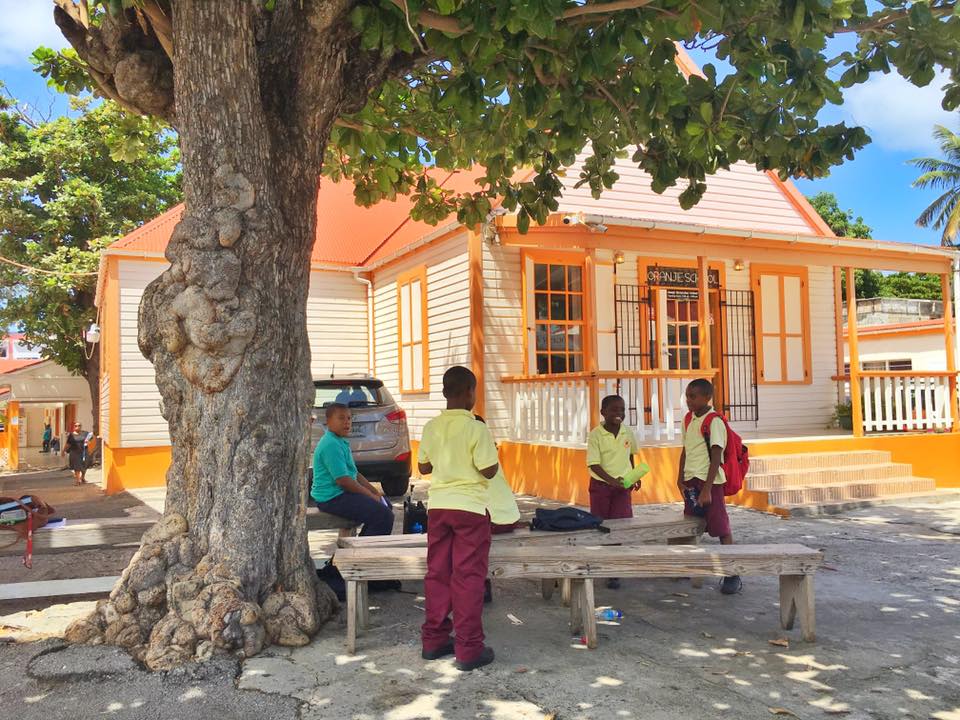
How to travel to St Martin?
If you are planning to travel to St. Martin, here are some of the airlines that will take you to St. Martin from these countries.
- London: British Airways, Delta Airlines and Air Canada offer flights from London to St Martin.
- USA: Air France, KLM and Copa offer flights from the USA to St Martin.
- Dubai: British Airways offer connecting flights from Dubai to St Martin.
- Singapore: British Airways offer connecting flights from Singapore to St Martin.
How to travel to St Martin-Transport in St Martin
- Public buses: Public transportation is limited to small busses that run between major areas. There is no schedule or bus stop, you just watch for a bus (minivan) to approach and flag them down. Note: The busses do not run much at night and almost never past 11 PM.
- Taxis: During the day, these vans mostly cater to cruise ship traffic, motoring travelers to and from the top sites. But the taxis are also great transportation at night, particularly as the minibusses are less likely to run.
- Private transfers: Renting a car is a cheap and easy way to get around either St. Martin or St. Maarten. Rental kiosks are located just outside the airport.
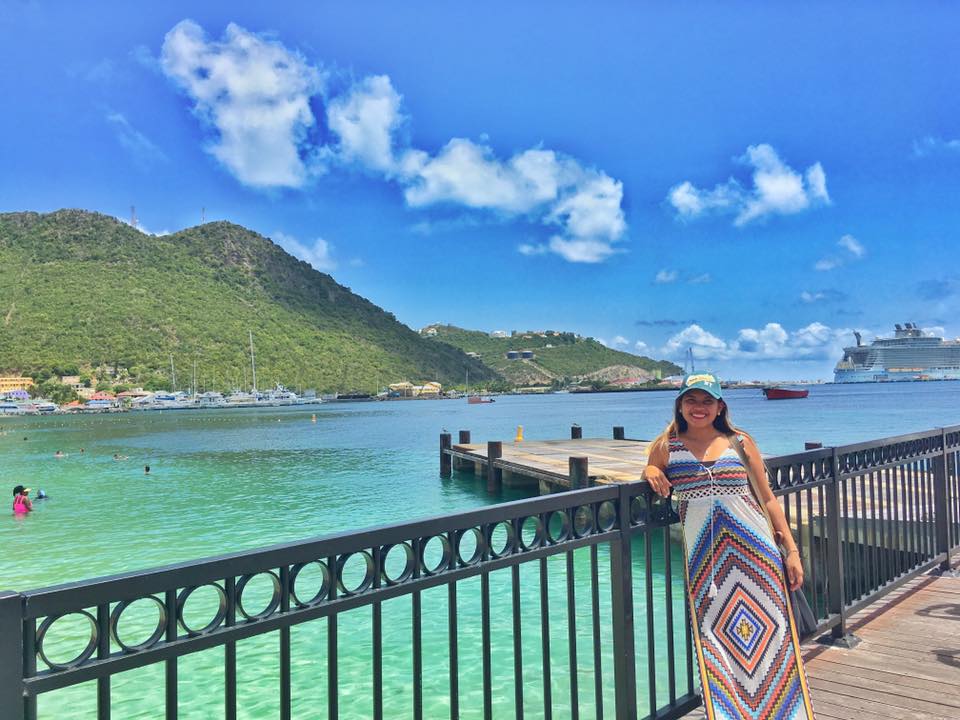
What’s the food like in St Martin?
The cuisine on St. Martin is a collaboration of tastes from Europe, the Caribbean, and Africa, and showcases the diversity of the island’s people. In both French and Dutch St. Martin, the cuisine reflects the island’s blended culture. You’ll find delicious authentic cuisine all over St. Martin. The most well-known dishes on the island include French, West Indian, and Creole foods, and featured island dishes include a mixture of French, African, and Indian recipes.
What is the weather like in St Martin?
The climate of Saint Martin is tropical, hot and sunny all year round: the average daily temperature ranges from 25 °C (77 °F) in the coolest period, between January and March, to 28 °C (82 °F) in the hottest and most humid period, between June and October.
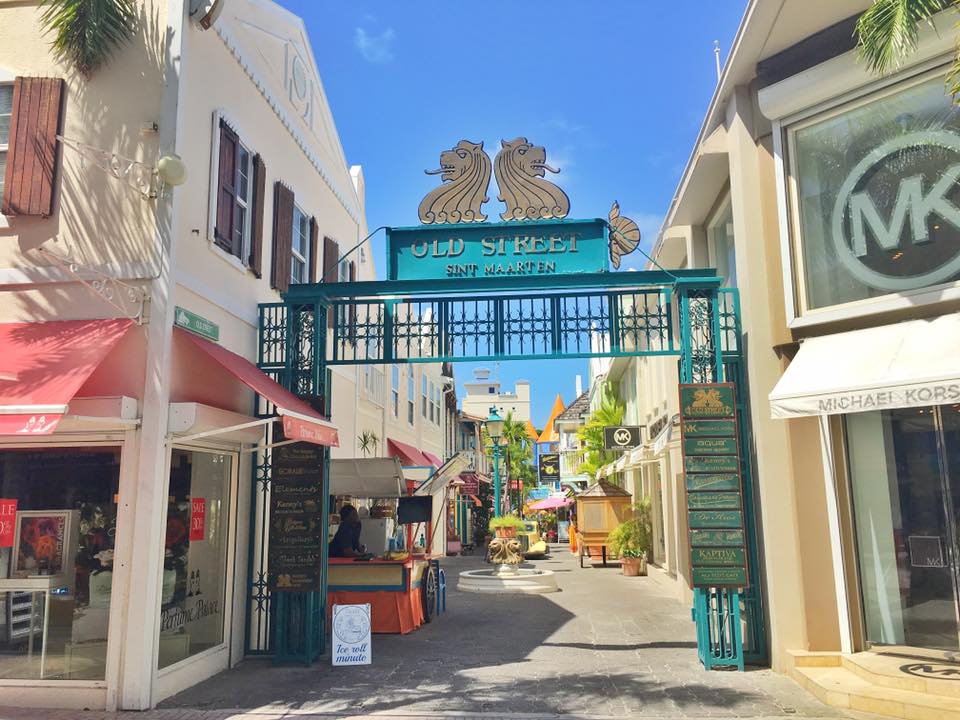
Important things to pack for a trip to St Martin
- Clothing: As a general rule, light-weight, light-colored clothing in natural fabric and flip flops or sandals s are the best choices. Linen shorts or khakis paired with cotton t-shirts or tanks are common. Swim Wear is a must.
- Shoes: Loafers or boat shoes for formal wear as well as athletic shoes and flip flops or sandals’.
- Toiletries and Health Care: Bring toiletries and health kit.
10 Amazing places to see and things to do in St Martin
1. Macaws and iguanas at the St. Maarten Zoo
For a fine introduction to the colorful array of endemic species common on St. Martin and throughout the Caribbean tropics, be sure to make a beeline for the island’s zoological gardens. They can be found on the northern edge of the Great Salt Pond that surrounds Philipsburg on the Dutch half, guarded by marauding peacocks and set to the sounds of stalking ocelots and swinging green vervet monkeys.
2. Enjoy the views from Fort Louis
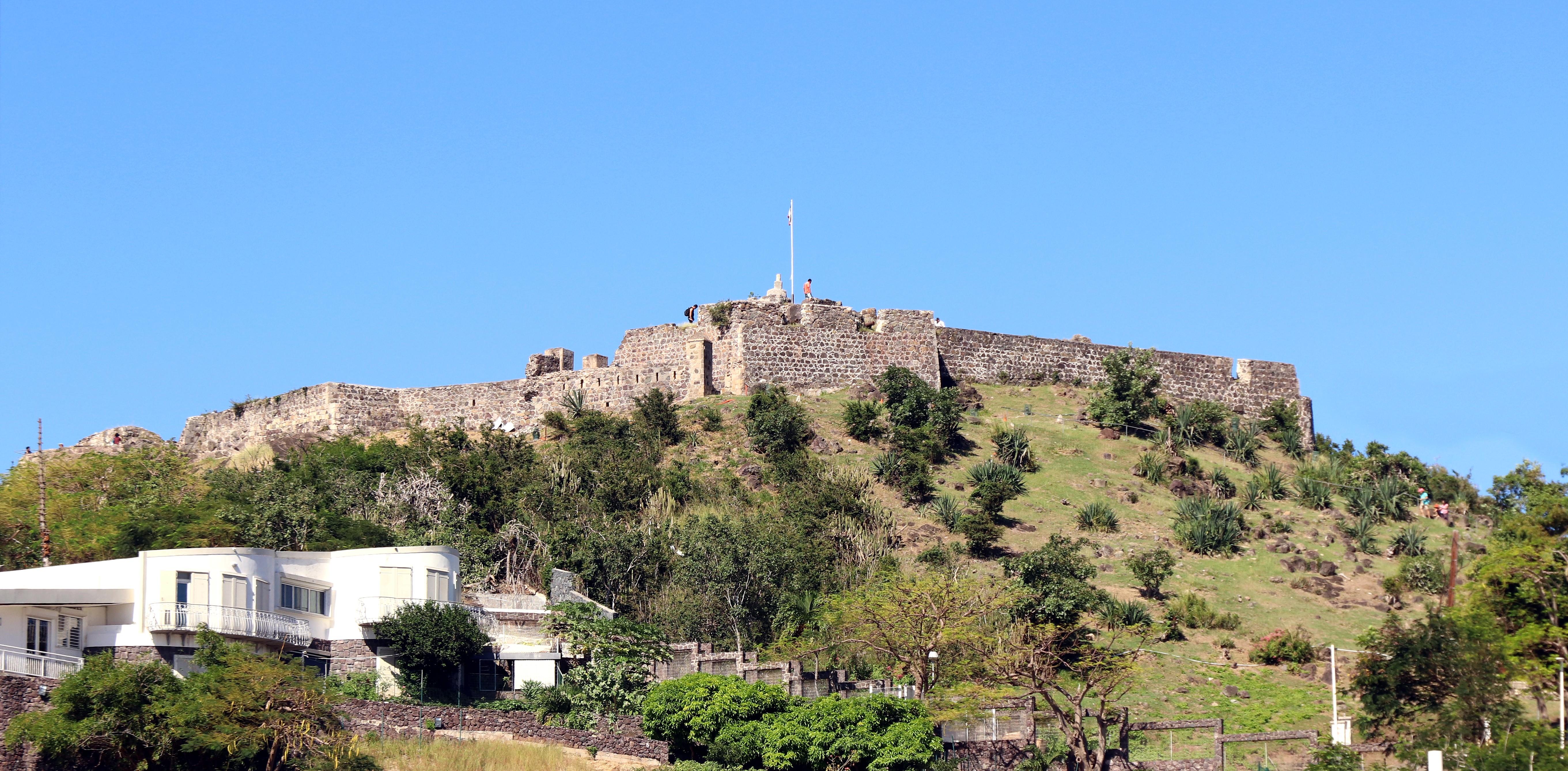
One of the largest forts on the island, Louis was once the site of armed battles between the major European powers of the Caribbean, and today some rusting cannons can still be seen peppering the lookouts.
Suggested Tour: St Maarten History Tour
3. Conquer the ziplines of Loterie Farm
Built on the land of a historic plantation, Loterie Farm is now an all-around resort that hugs the green and pretty edges of Pic Paradis hill. It’s got sparkling pools and treehouse-style cabanas peppering its well-manicured gardens and offer a series of eateries on-site, from the earthy Bamboo Room to the Hidden Forest Café.
Suggested Tour: Fly Zone Treetop Adventure at Loterie Farm
4. Hike to the summit of Pic Paradis
Glowering down on the whitewashed homes and sparkling beaches of Orient Bay, the pretty French Quarter of Orleans and the brackish lagoons that encompass Philipsburg to the south, Pics Paradis is home to unquestionably some of the best views on the island.
Suggested Tour: St Maarten Hiking and Snorkel Tour
5. Watch KLM fly in on Maho Beach
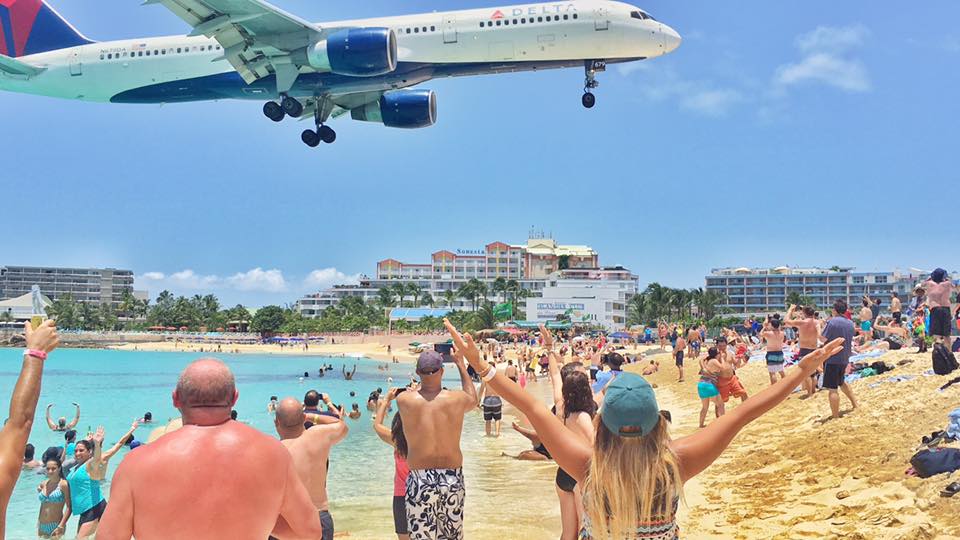
Okay, so there are certainly oodles of much prettier beaches lining the shores of St. Martin, both on the Dutch and French sides of the island. But people don’t flock to the sands of Maho for sun and sand (although it has to be said that the sun and sand aren’t at all bad here!). Most come to gawp upwards into the sky when the colossal aircraft of KLM and other airlines begin to descend.
Suggested Tour: Amazing Plane Spotting at Maho Beach
6. Sample potent drinks at the Sint Maarten Guavaberry Company
St. Martin’s local take on the Caribbean’s favorite liquor (that’s rum, just in case anyone was in doubt) is a potent infusion of sugarcane and the curious little guava berries that grow like wildfire amidst the central hills of the island.
7. Enjoy the tropical beauty of Mullet Bay
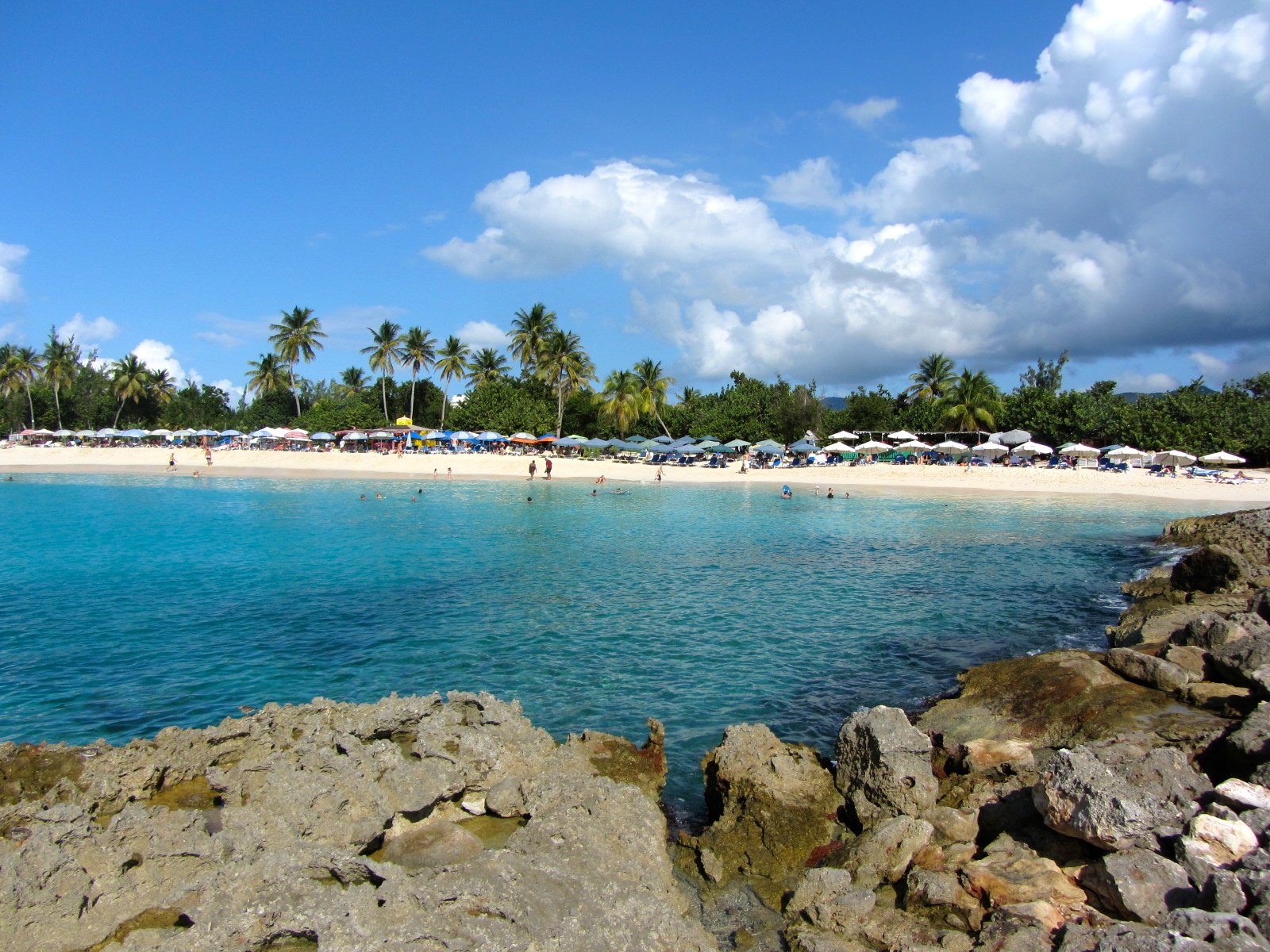
Once you’re done gawping at the colossal airliners that descend over Maho Beach, be sure to make a beeline for the picture-perfect beaches of Mullet Bay. Nestled in its own little cove just around the headland from the Princess Juliana Airport, this seaside strip has it all: scintillating sands of alabaster white; lapping Carib waves shining in a Greek-blue hue; splashing rollers for the bodyboarders.
Suggested Tour: No1Sxm Sunset Sail Experience
8. Orient Bay Beach: one of the world’s best
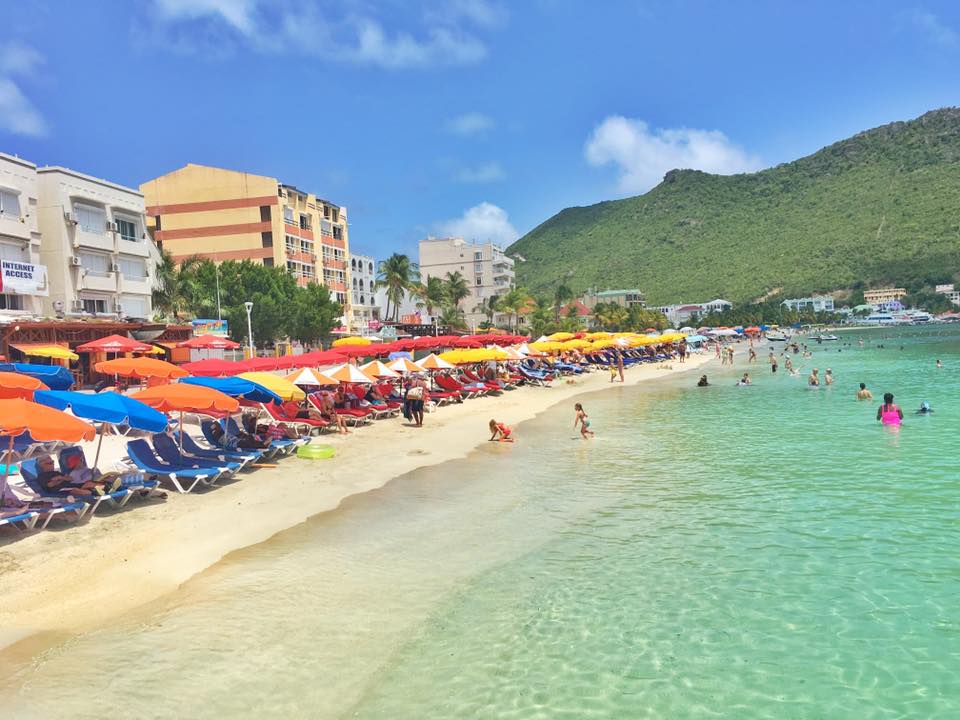
There are plenty of reasons why so many travelers hail the sloping yellow-white sands and turquoise shallows of Orient Bay, running in an arc of Caribbean color around the north-eastern side of the island, as one of the top seaside locations on the globe.
Suggested Tour: Bernard’s Tours Orient & Maho Beach Break
9. Stroll the Philipsburg Boardwalk
Arching its way along the length of Great Bay Beach, where the city of Philipsburg meets the Caribbean Sea, the town’s Boardwalk is a lively affair. Hot dog concession stands and conch-touting holes-in-the-wall spill out onto the paving, while the smells of Jamaican jerk drift from the countless eateries and their palm-shaded terraces. Shopaholics can enjoy a sprawling bazaar at one end of the promenade, laden with arts and crafts, Reggae-coloured bracelets and the like.
Suggested Tour: Philipsburg Foodie Walking Tour
10. Meet the local fliers at The Butterfly Farm
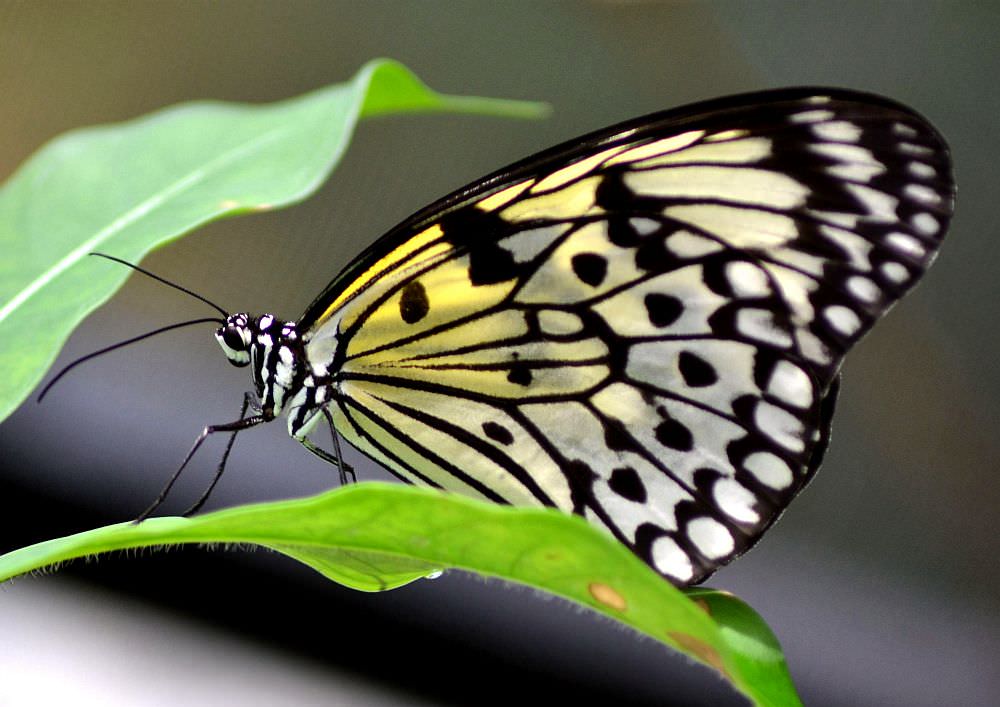
The St. Martin outlet of The Butterfly Farm is a great place to get a close-up glimpse of some of the Caribbean’s most majestic flying creatures. The butterflies also guarantee a grand show, with the likes of everything from mimic-whites to majestic checkered swallowtails to see. Patrons can also attend regular tutorials on butterfly-friendly gardening techniques and horticulture.
Suggested Tour: Custom Private St Maarten Sightseeing Tour from Philipsburg
Final thoughts on St Martin
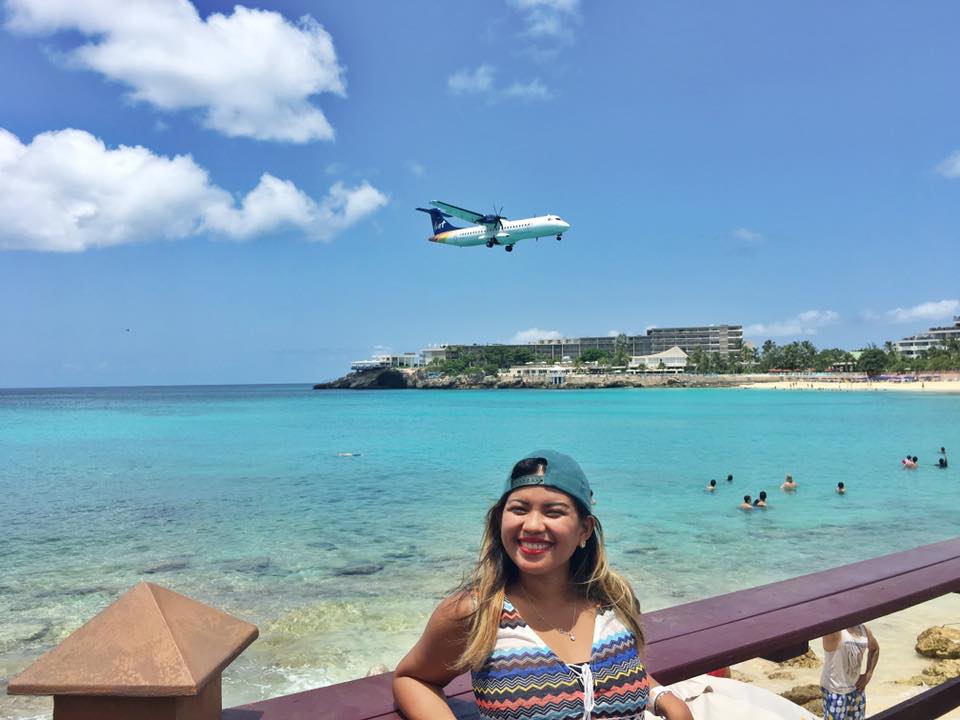
At once French and Dutch, lively and laid-back, graced with pretty beaches and rising to palm-studded hilltops, famed for its shopping and sweet guava berry rums, seaside beach bars, and casino-lead nightlife, there are many sides to little St. Martin. It’s hardly a wonder that so many cruise ships opt to drift into the harbors of Marigot and Philipsburg on their way through the currents of the region. There are also opportunities to hit the jet skis and see multi-colored butterflies, to sail across to untrodden islands and unravel the history of colonial conflicts between The Netherlands and Spanish sailors, to talk to macaws and see bearded monkeys, finishing off with a medley of tasty rums and Haute foods courtesy of the Parisian influence.

Are you on Pinterest? Pin these!

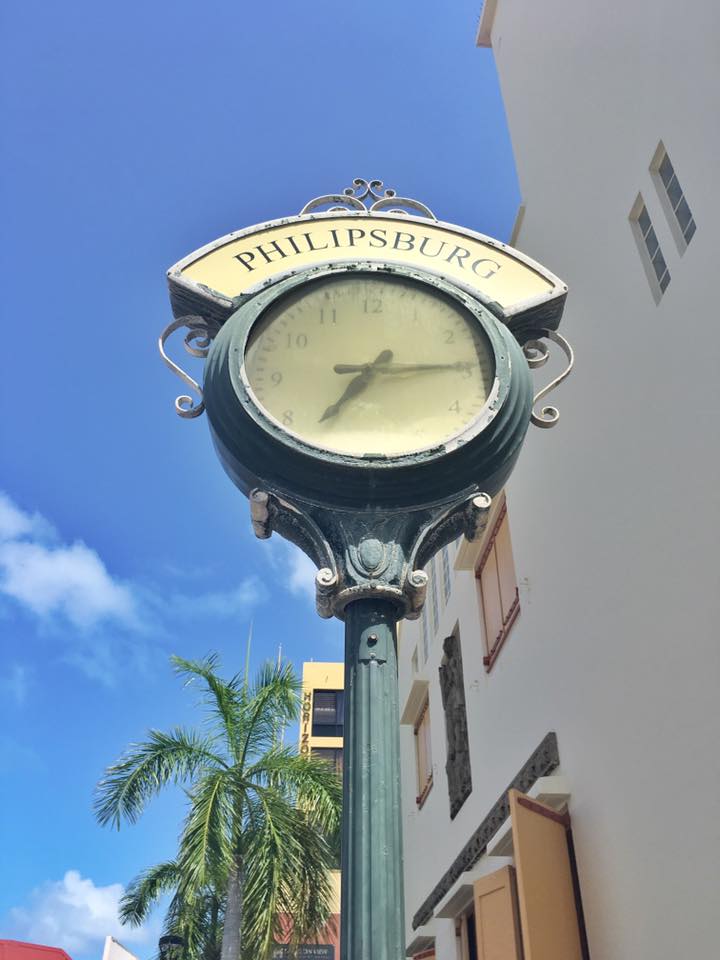
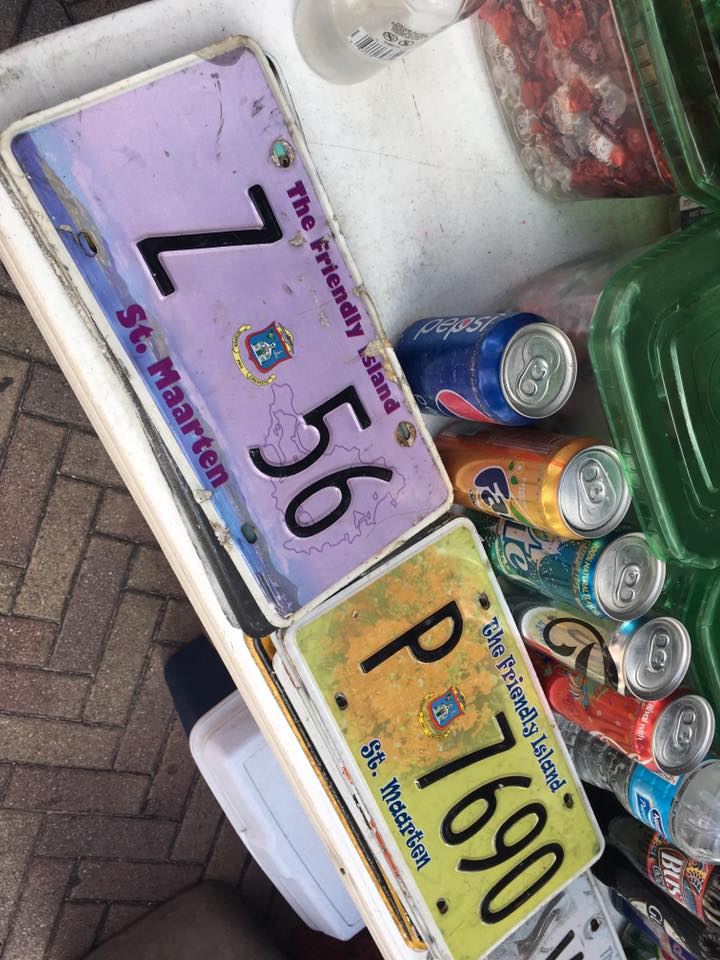
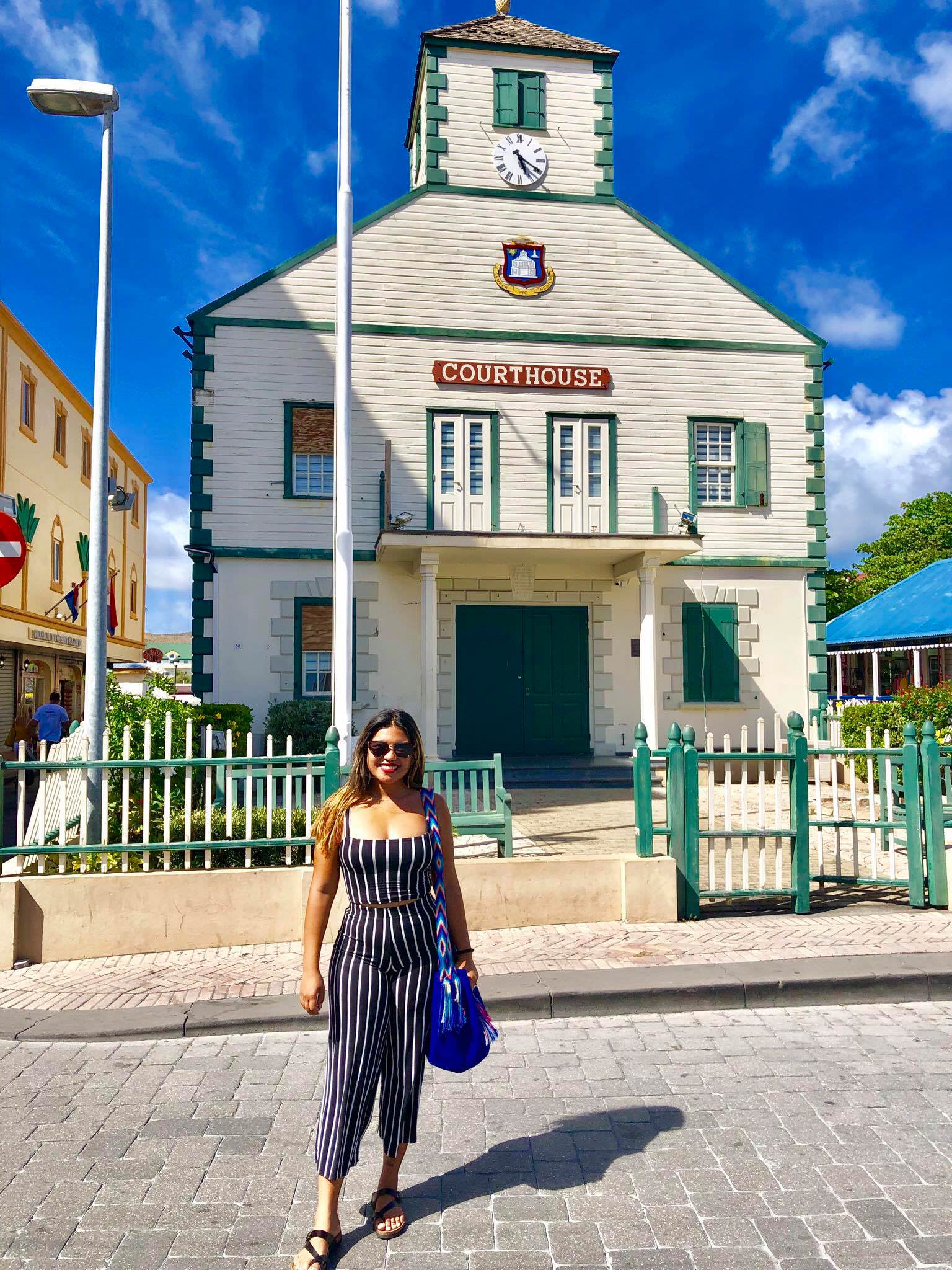
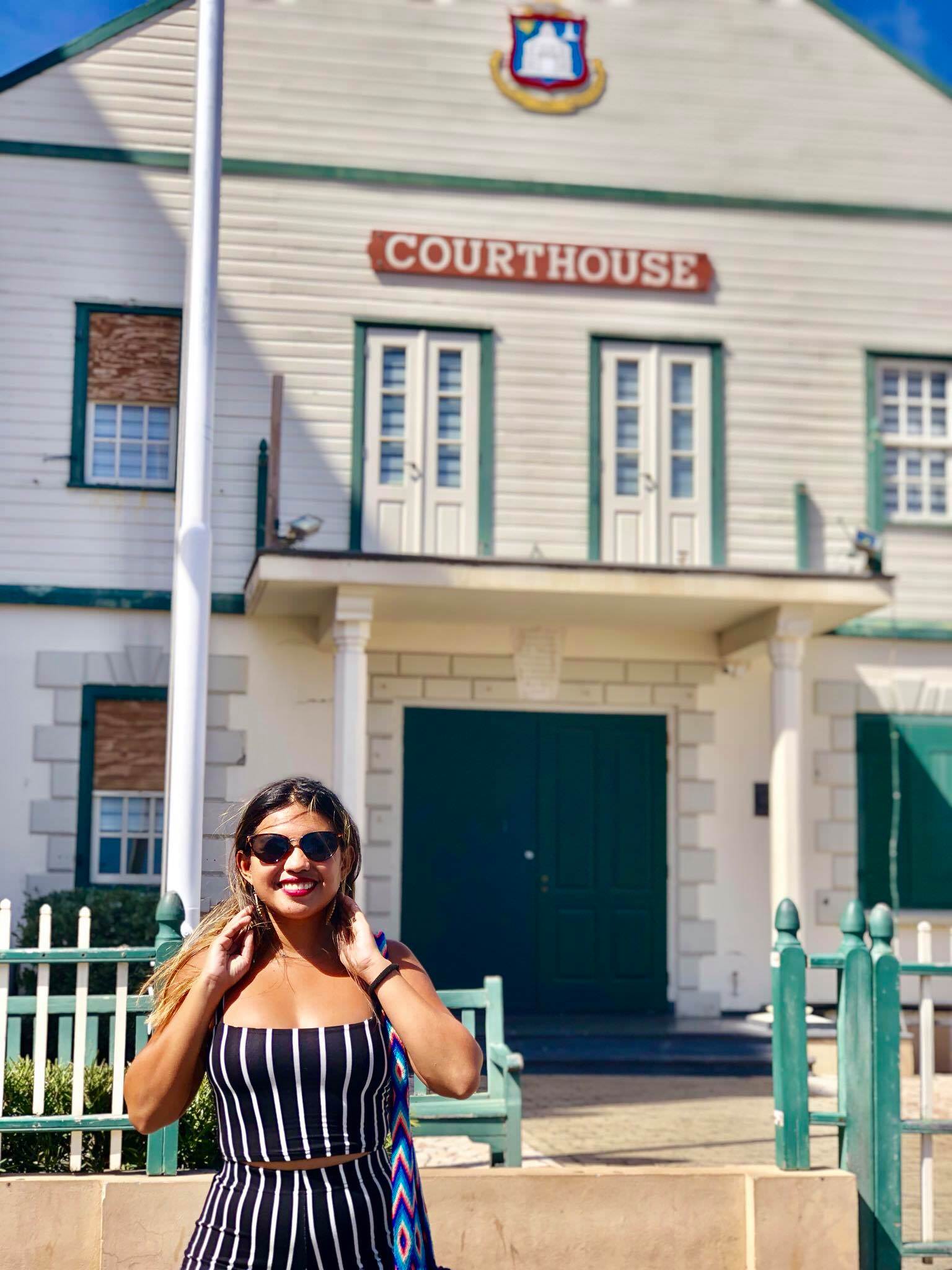

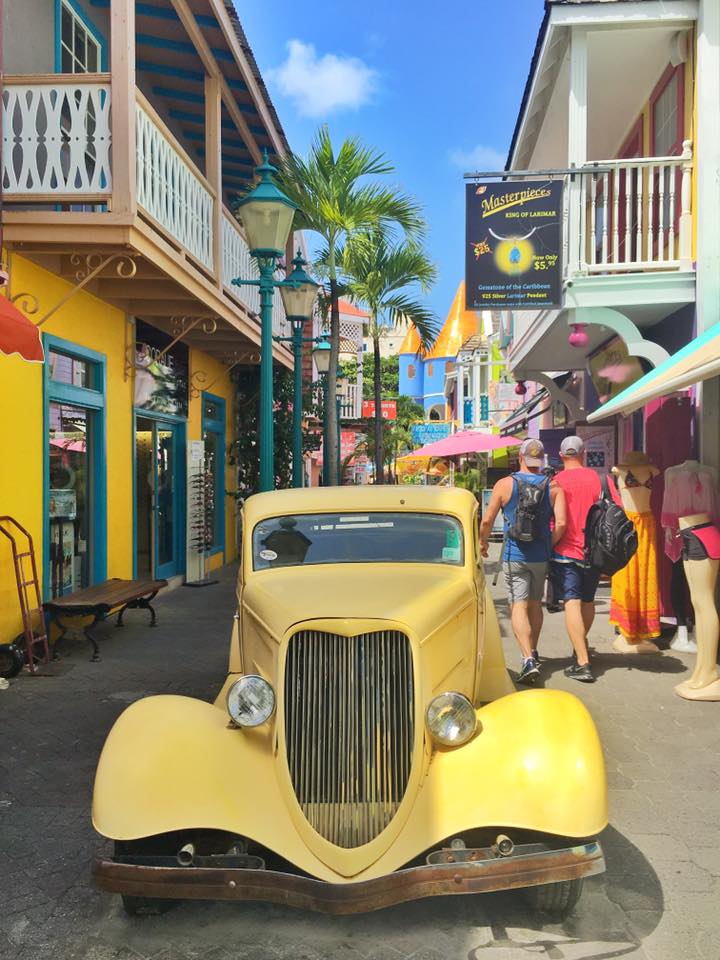

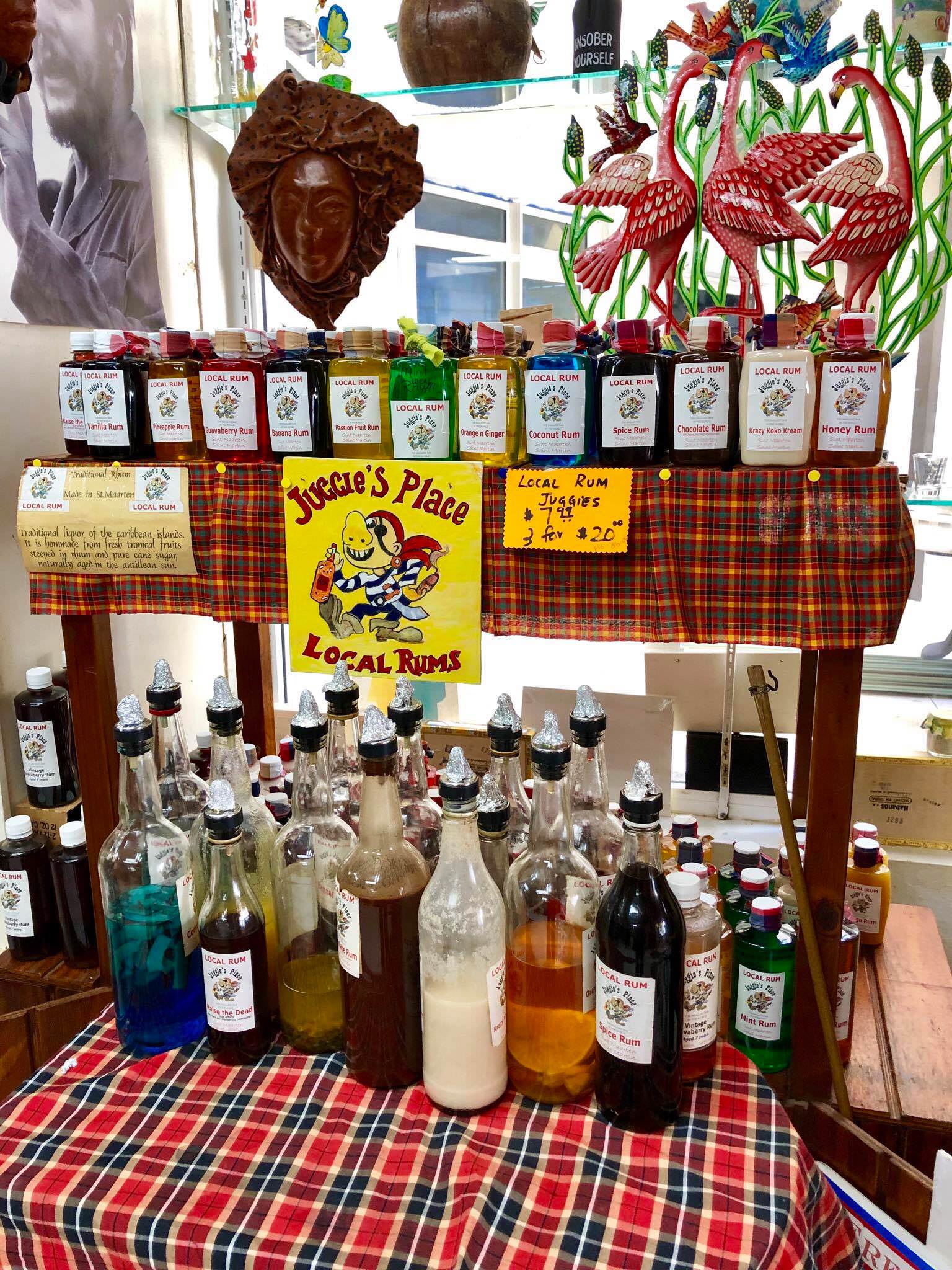
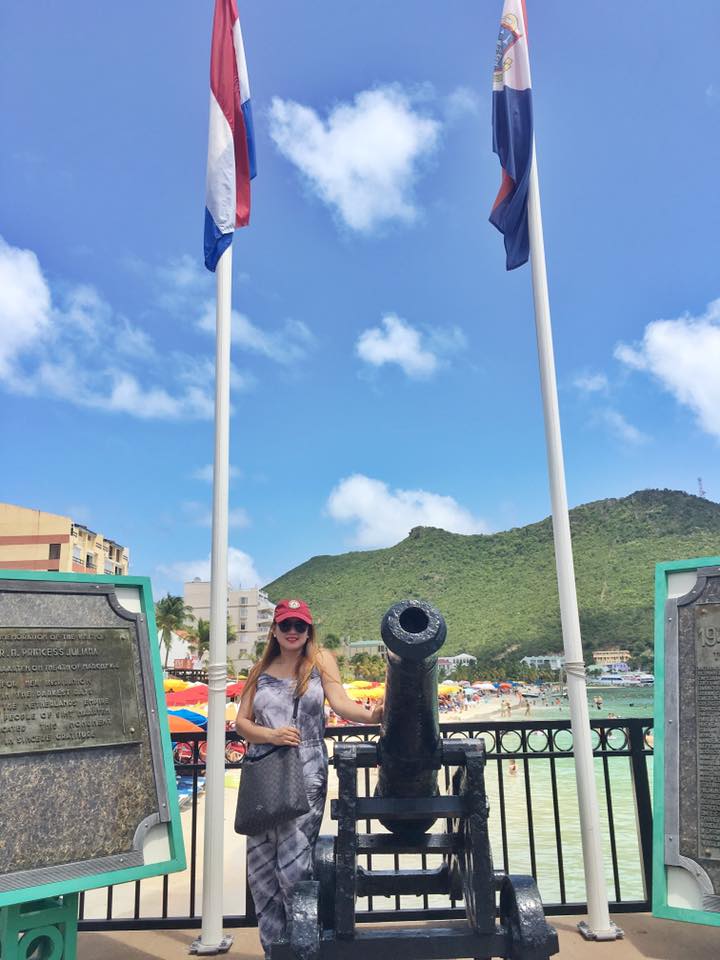
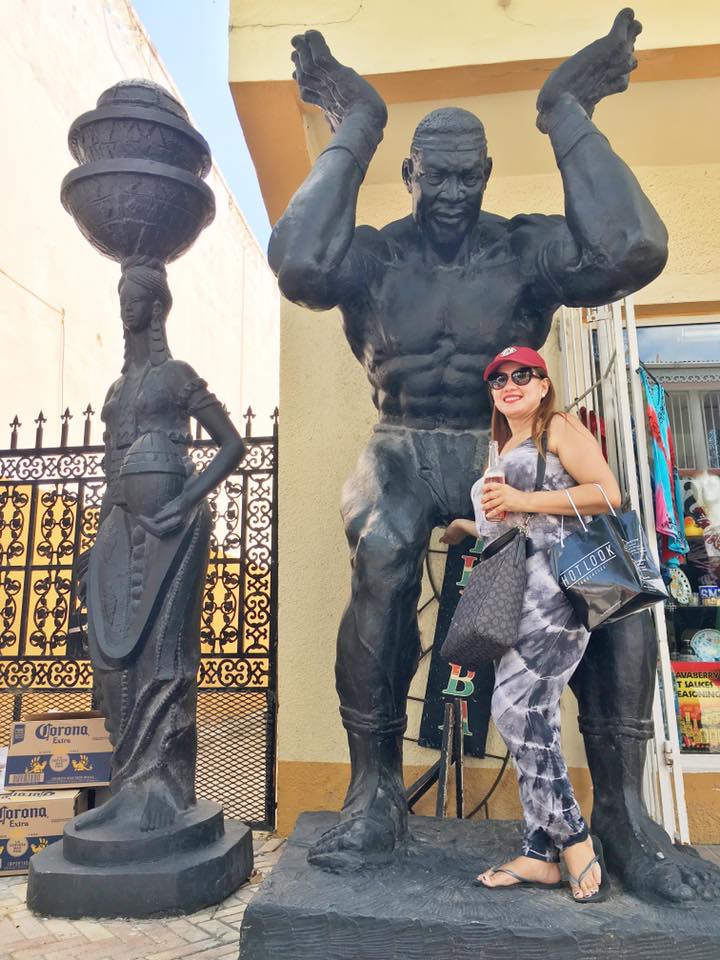
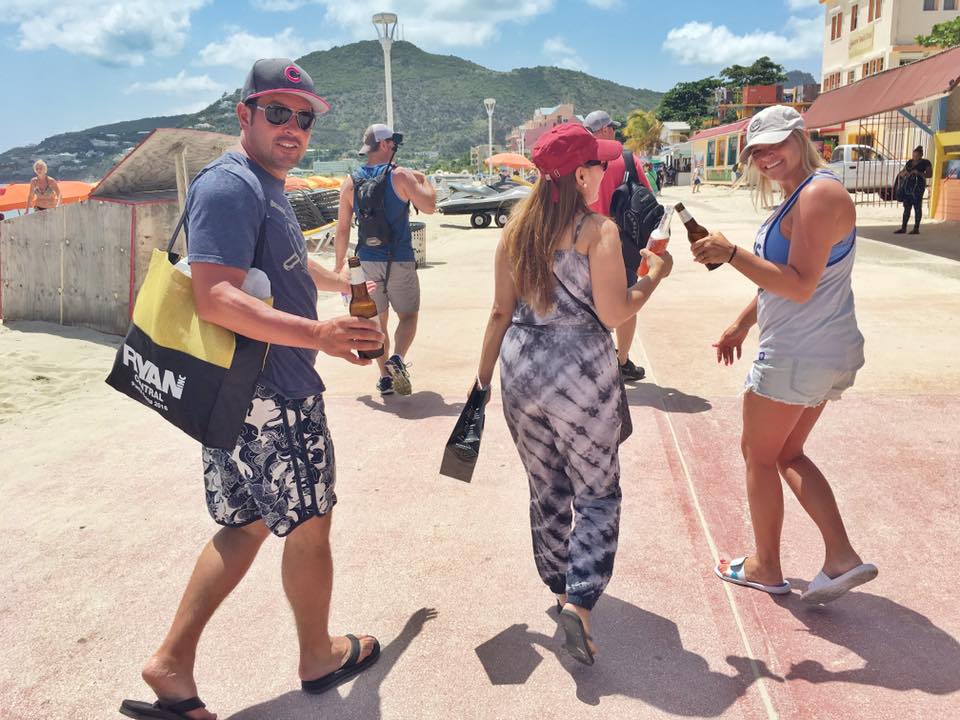
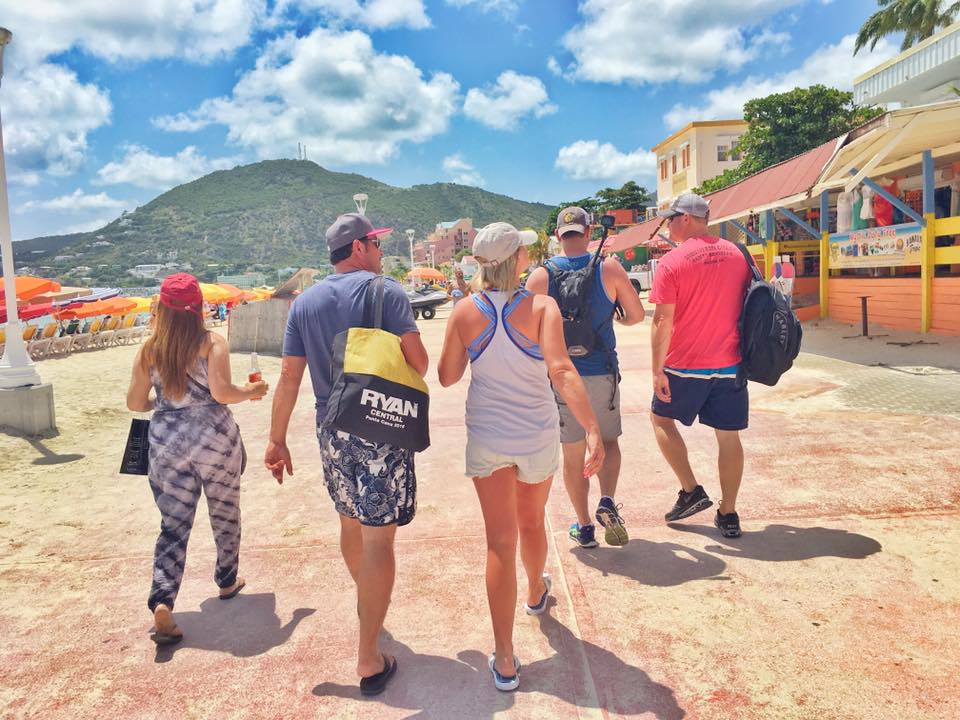
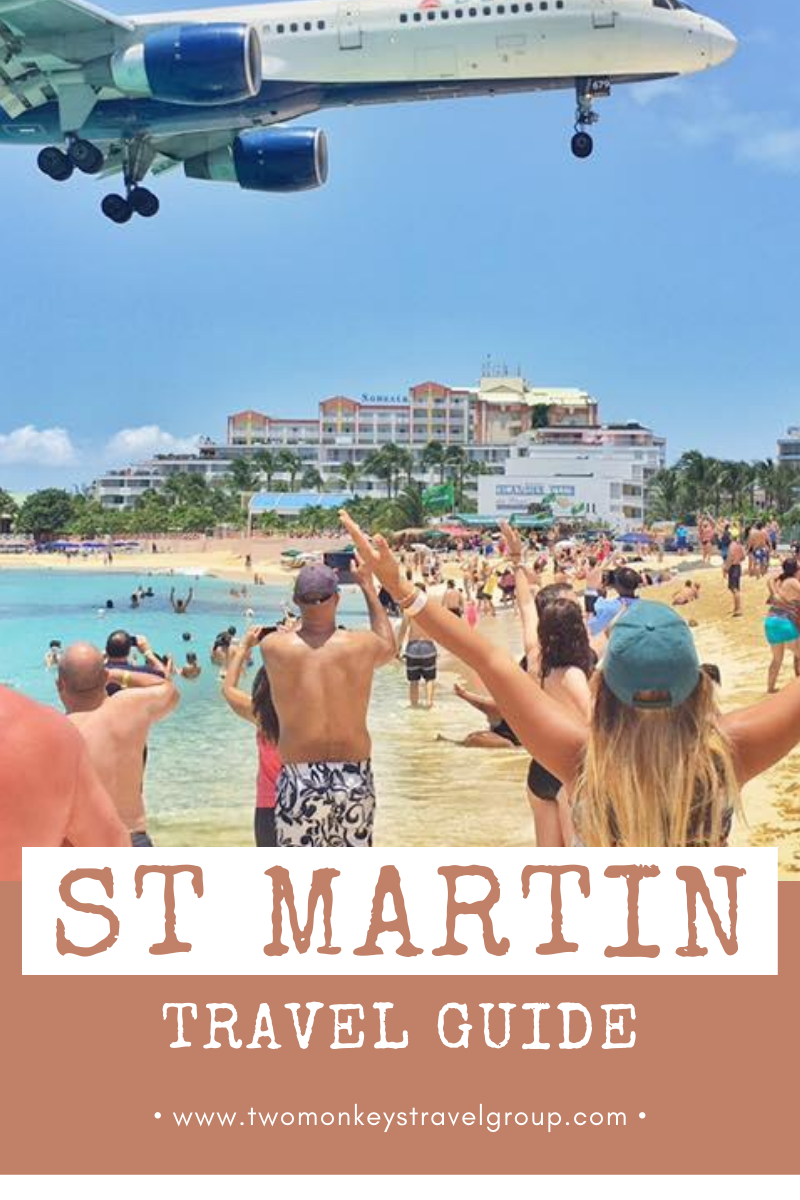
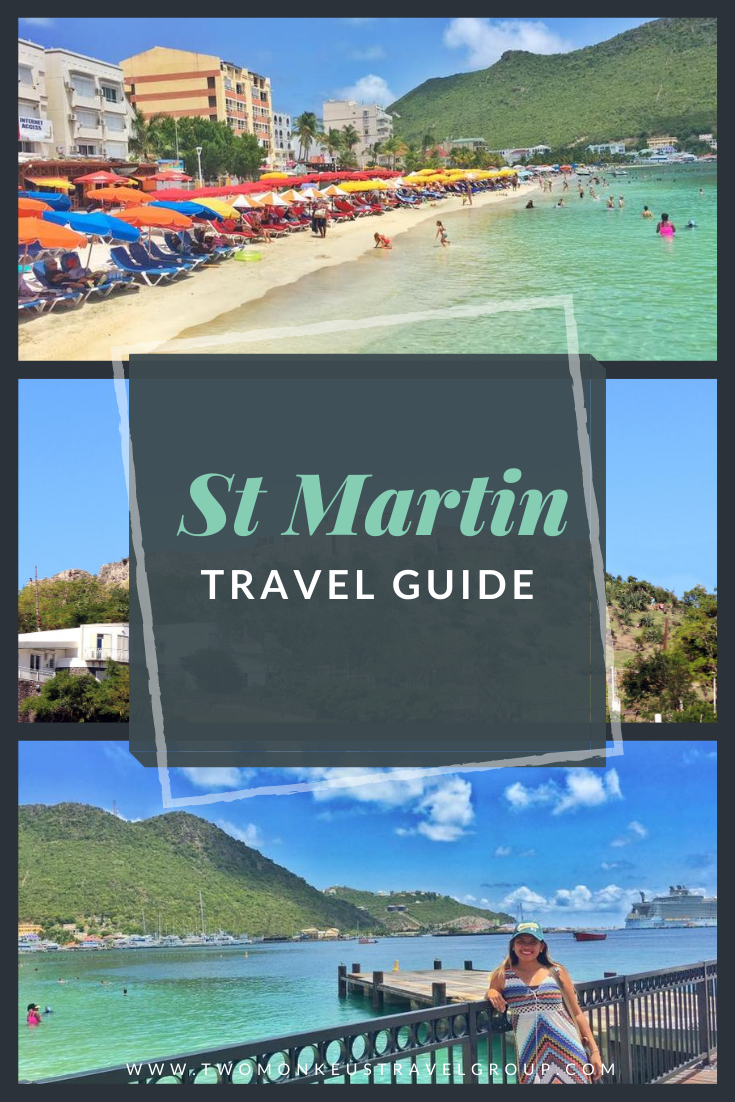
Great Post!!! I truly believe that there is much more to explore new places. The world has incredible beauty which makes us visit new places for sure.
Great article-thank you! My husband and I are traveling to St Marten in Feb 2021 & spending 1 week on French side and 1 week on Dutch side (with 2 days in St Barths)?. This article gets me excited & feeling prepared!
Half of these locations are no longer in business. Guavaberry, the zoo and the butterfly farm are gone. Loterie farm zip lines only open weekends, here now and you need a serious update to your info.